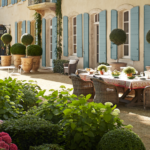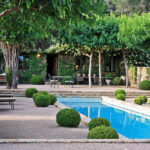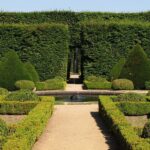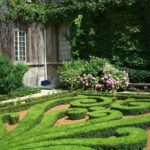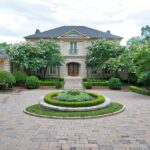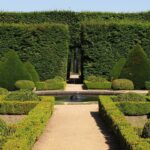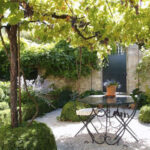French garden design is renowned for its elegance, symmetry, and timeless beauty. Dating back to the 17th century, French gardens have captivated people all over the world with their meticulous attention to detail and impeccable style. One of the key features of French garden design is the use of geometric shapes, such as squares, circles, and rectangles, which create a sense of order and harmony in the landscape.
Another hallmark of French garden design is the use of formal elements, such as clipped hedges, manicured lawns, and symmetrical plantings. These elements are often combined with more informal touches, such as flower beds, trellises, and fountains, to create a balanced and harmonious overall look. French garden design also incorporates a variety of materials, such as stone, gravel, and wood, to add texture and interest to the landscape.
One of the most famous examples of French garden design is the Palace of Versailles, which features sprawling lawns, ornate fountains, and perfectly sculpted hedges. The gardens of Versailles were designed by landscape architect Andre Le Notre in the 17th century and continue to inspire gardeners and designers to this day. Other notable examples of French garden design include the gardens of Villandry, which are known for their intricate geometric patterns and vibrant flower beds.
In addition to their beauty and aesthetics, French gardens are also designed to be functional and provide space for leisure and relaxation. Many French gardens feature outdoor seating areas, such as benches, pergolas, and gazebos, where visitors can sit and enjoy the peaceful surroundings. Some gardens also include walking paths, arbors, and alleys, which invite people to explore and wander through the landscape at their own pace.
Overall, French garden design is characterized by its attention to detail, balance, and elegance. Whether you are looking to create a small courtyard garden or a sprawling landscape, incorporating the principles of French garden design can help you achieve a beautiful and timeless outdoor space. By using geometric shapes, formal elements, and a harmonious mix of materials, you can create a garden that is not only visually stunning, but also functional and inviting for both you and your guests.

